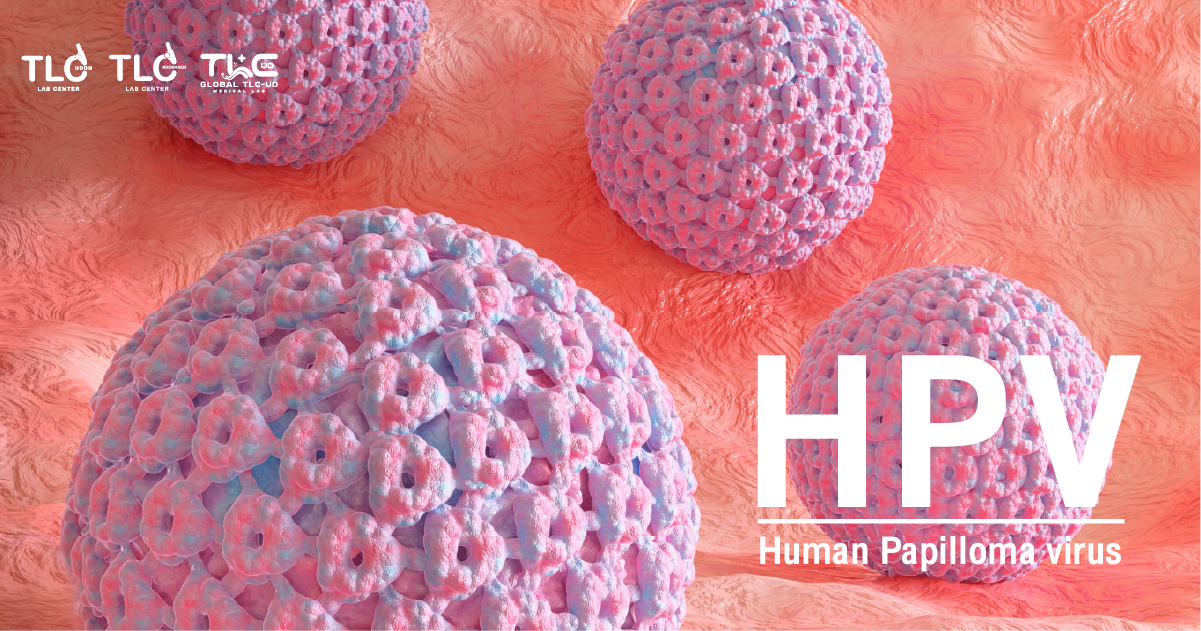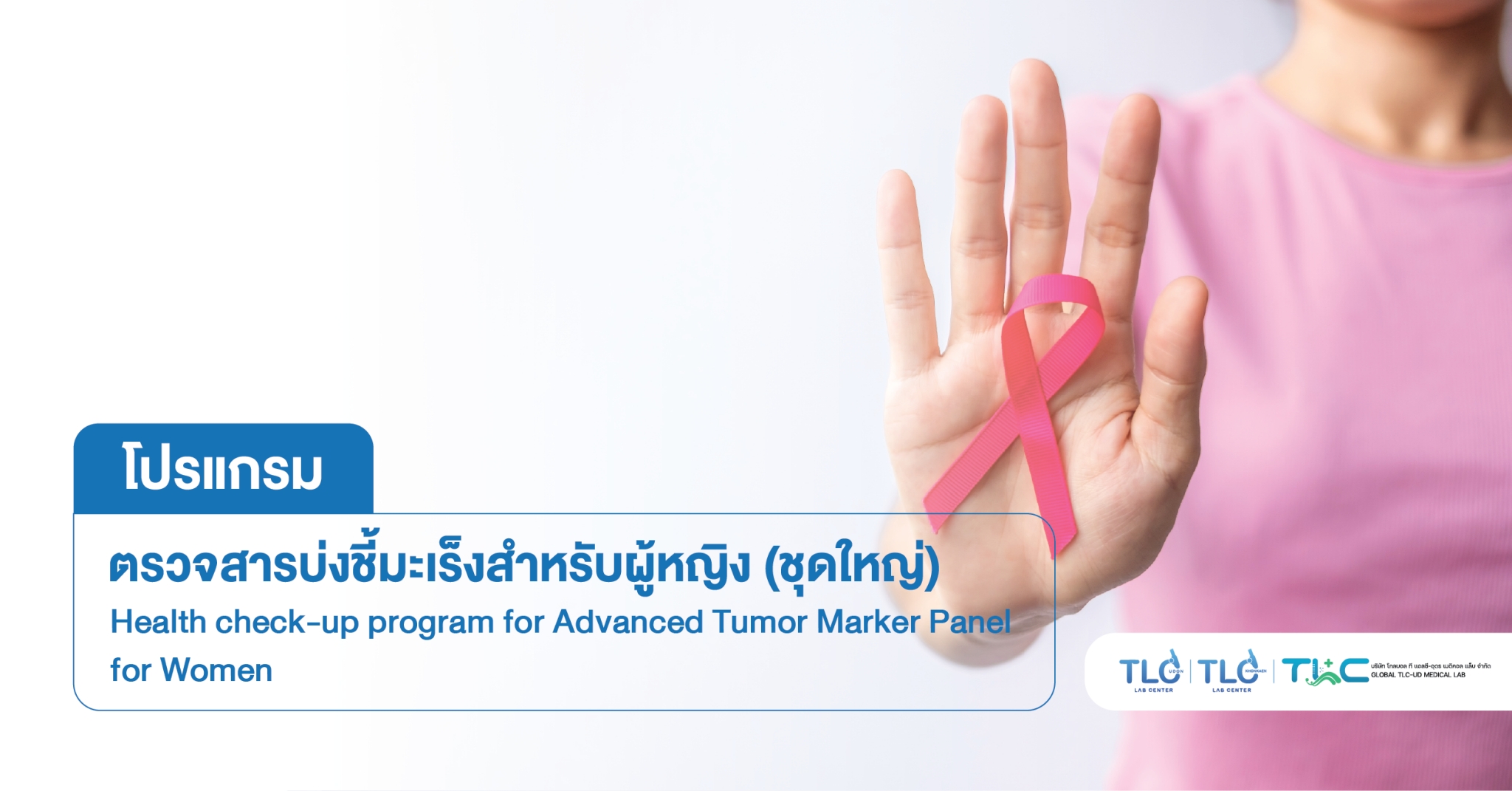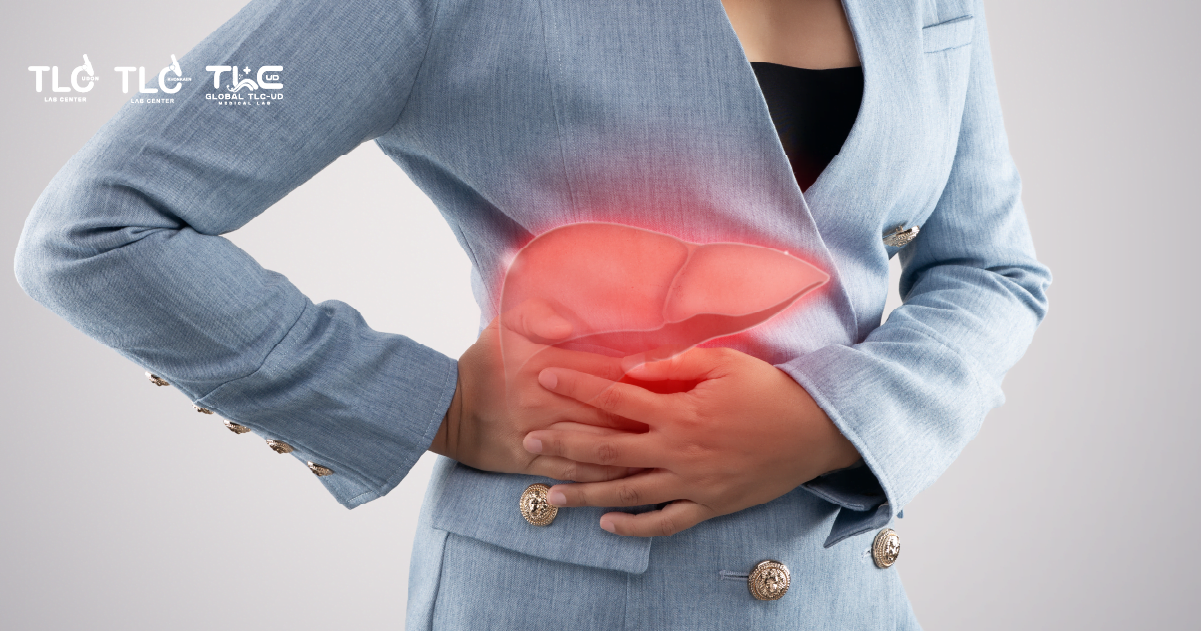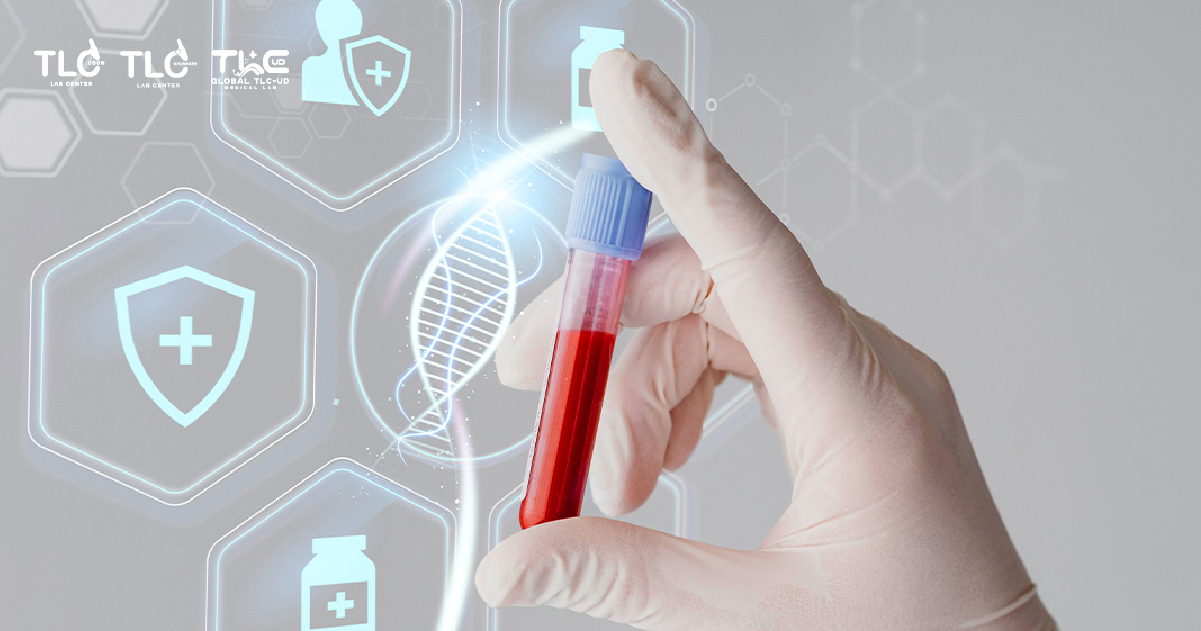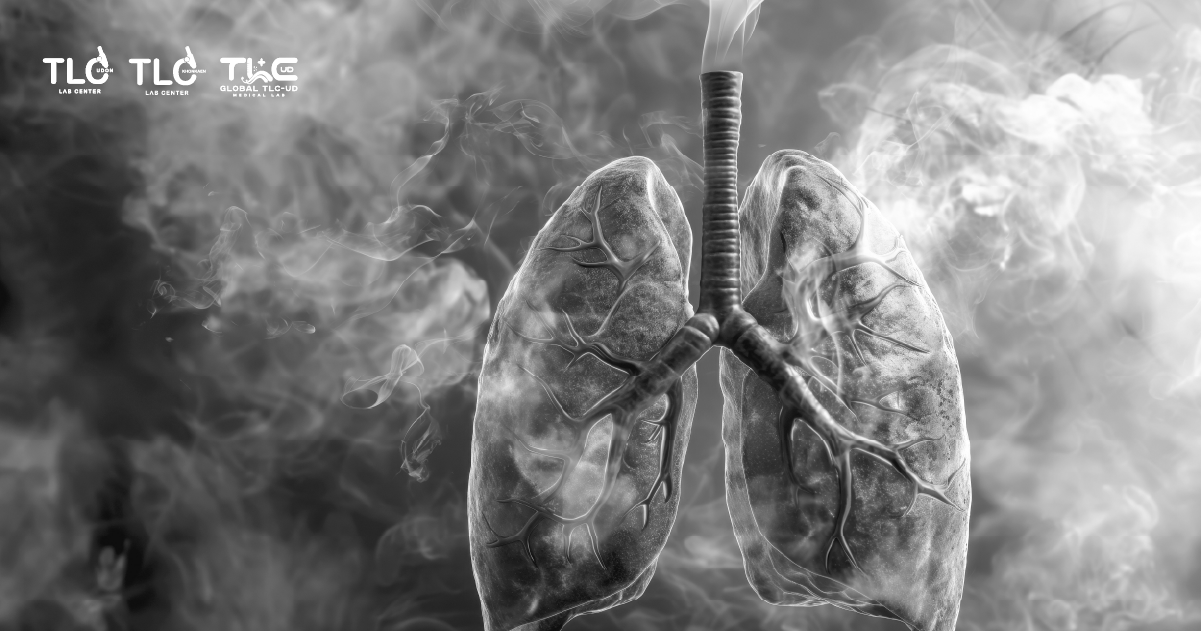Get to know about the HPV (Human Papillomavirus) infection.
HPV: Human Papillomavirus, A Disease-Causing Virus
- Genital area; Cervical cancer and Vaginal cancer
- Anal area; Anal cancer and Anal warts. (There are around 40 strains of HPV that can cause diseases, but only a few of them are commonly associated with frequent infections.)
- Cervical cancer, which is caused by HPV and not inherited genetically. It tragically claims the lives of an average of 14 Thai women each day. Although cervical cancer is a preventable disease, it often remains asymptomatic until it reaches an advanced stage. Nevertheless, early detection plays a crucial role as it offers a remarkable opportunity for successful treatment, with a chance of up to 98%.

HPV: Where is it found? How is it transmitted?
The most common mode of HPV transmission is through skin-to-skin contact. Therefore, engaging in sexual activities is a significant factor contributing to HPV infection.
- Genital area, including the cervix
- Anal region, including the anus
- Other sexual organs
HPV: It can be categorized into two groups:
- Low-risk strains: These types of HPV have a lower risk of causing cancer but can still lead to conditions like genital warts. Examples include strains 6 and 11.
- High-risk strains: These strains have a higher potential to cause cancer, particularly strains 16 and 18, which are associated with cancers of the reproductive system.
The primary cause of cervical cancer is the HPV. There are approximately 14 high-risk strains of HPV that significantly increase the risk of developing cancer. Strains 16 and 18 are the leading causes of cervical cancer, responsible for up to 70% of cases. Those infected with these strains have a significantly higher risk, up to 35 times more, of developing cervical cancer compared to individuals without HPV infection.
However, it is important to understand that HPV infection is easily acquired. On average, around 80% of women have had or currently have an HPV infection without even realizing it. In most cases, a strong immune system can naturally clear the HPV infection. However, individuals with a weakened immune system may experience progression of the infection, potentially leading to the development of cancerous cells.
How to Prevent Cervical Cancer?
Preventing cervical cancer involves two main approaches:
- HPV vaccination
- Annual check-ups for cervical cancer, such as Pap tests, help detect any abnormalities in the cervix during early stages when they are most treatable. Early detection enables prompt treatment and prevention of cervical cancer.
HPV How many types of vaccines?
Currently, there are three types of HPV vaccines available:
- 2-valent HPV vaccine: It primarily focuses on preventing cervical cancer caused by high-risk HPV strains (16 and 18).
- 4-valent HPV vaccine: It designed to prevent cervical cancer (HPV strains 16 and 18) as well as genital warts (HPV strains 6 and 11).
- 9-valent HPV vaccine: It provides protection against cervical cancer (HPV strains 16, 18, 31, 33, 45, 52, and 58) and genital warts (HPV strains 6 and 11).


